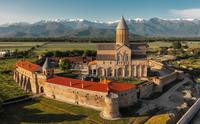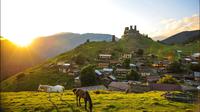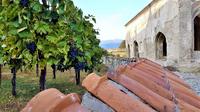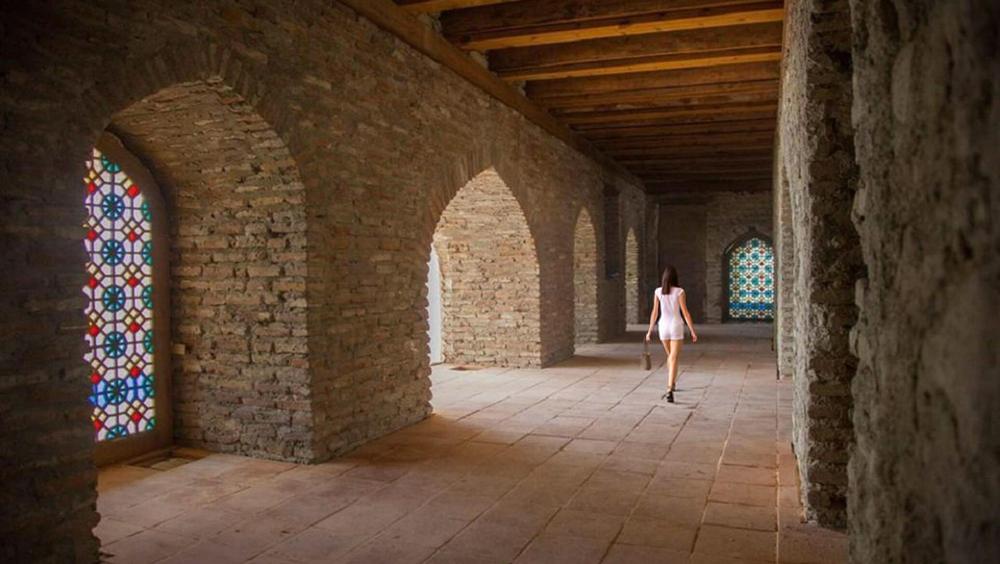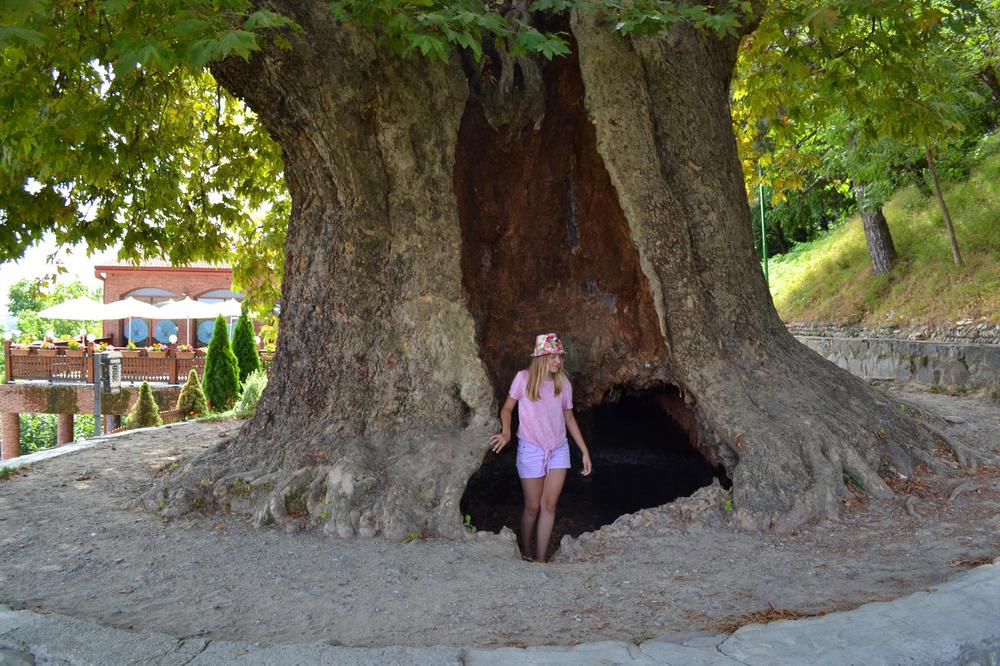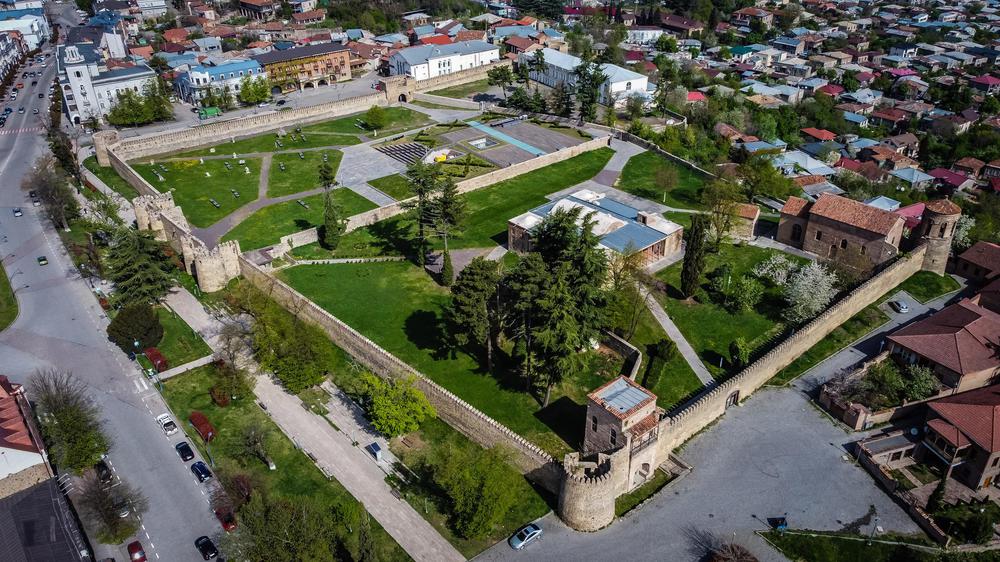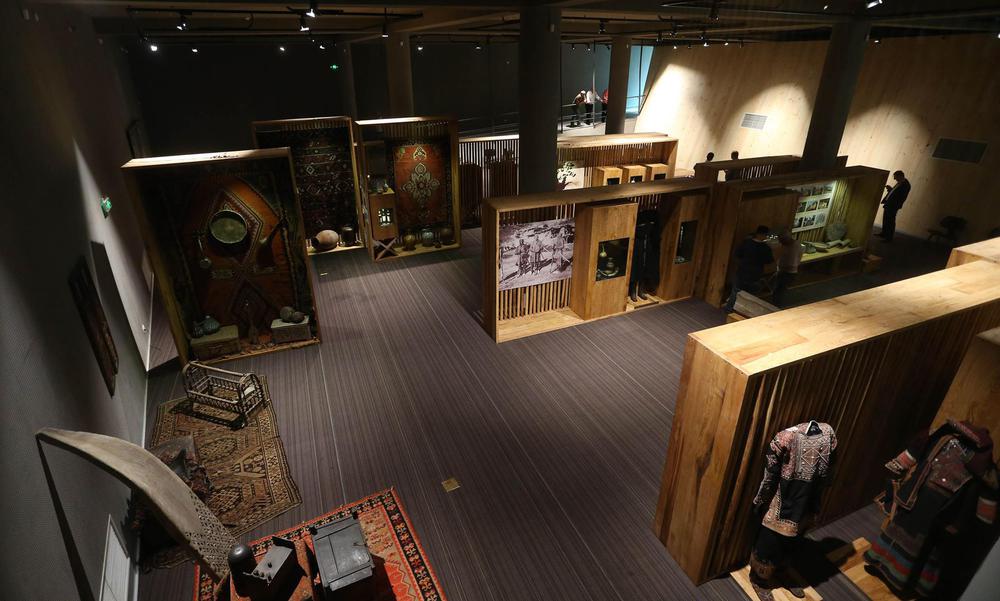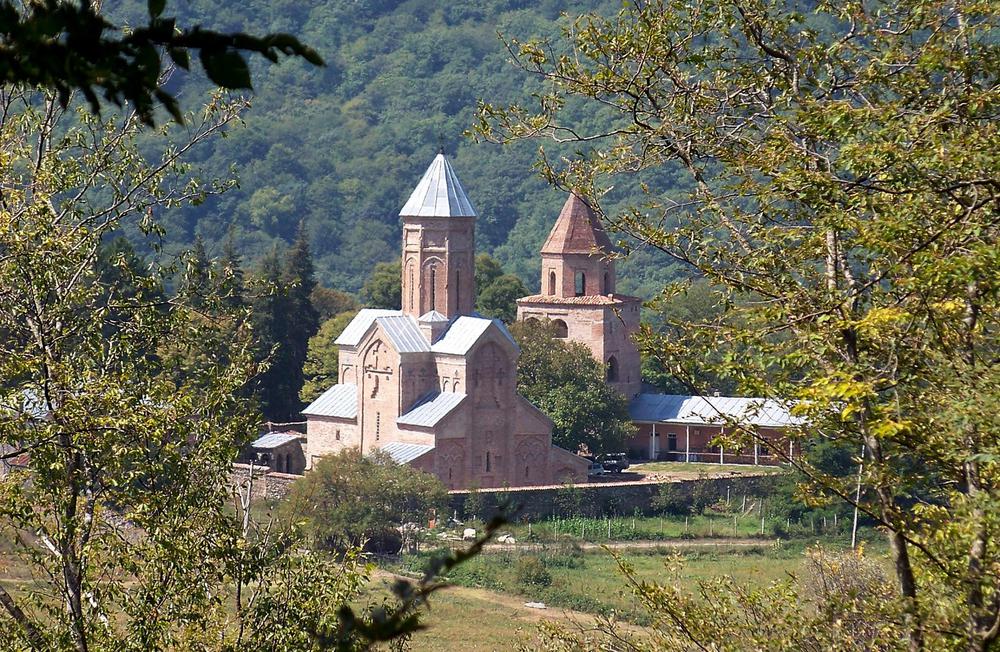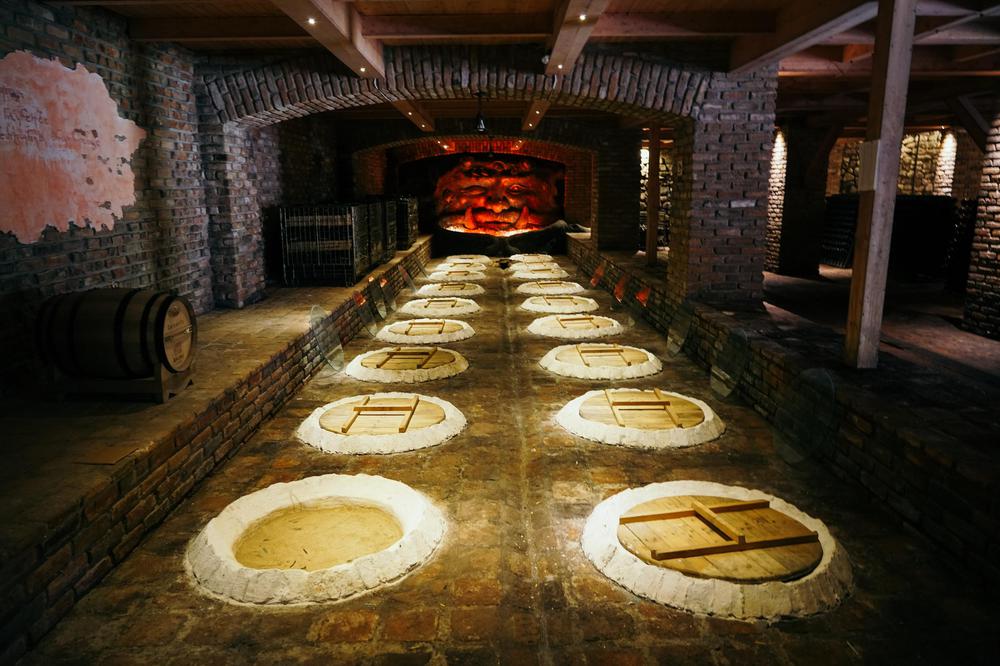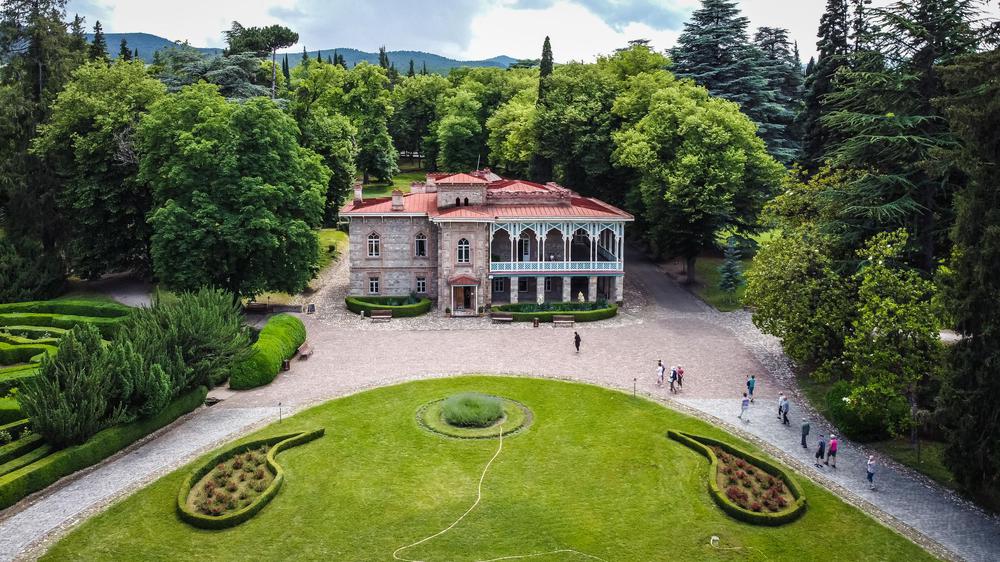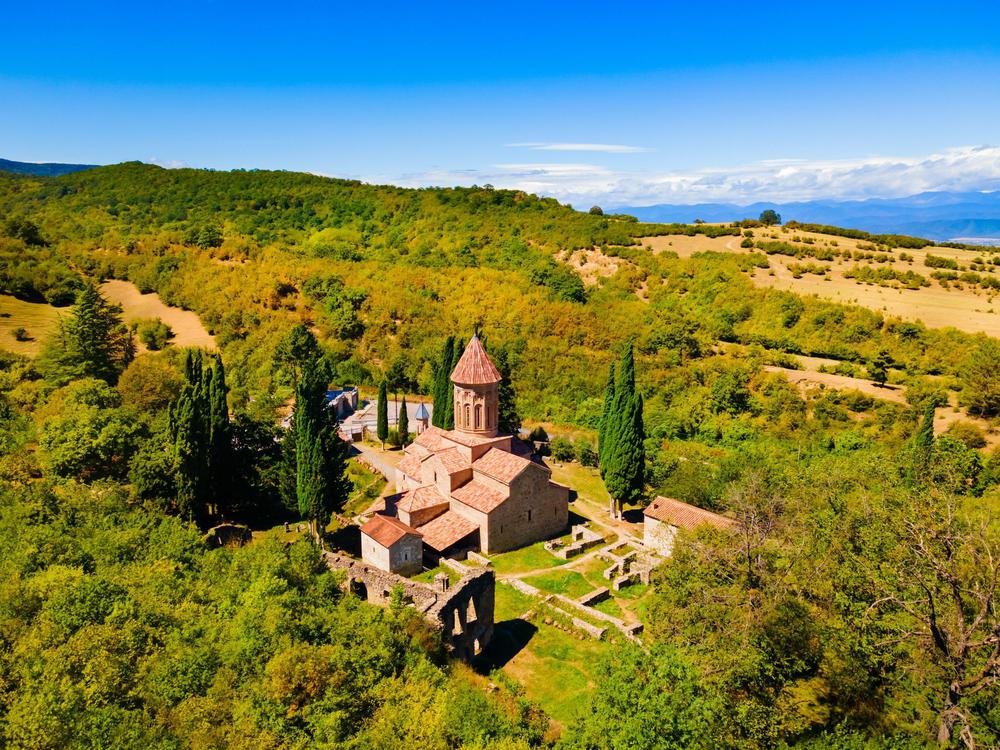In the historic city of Telavi, Georgia, the imposing figure of King Erekle II gazes out across the landscape, a steadfast symbol of the country's regal past. His bronze statue, standing 8.5 meters tall and masterfully crafted by Merab Merabishvili, has overlooked the city since 1971, serving as a striking homage to his illustrious reign.
Heraclius II, known as Erekle II or "The Little Kakhetian," was a significant monarch from the Bagrationi dynasty. From 1744 to 1762, he ruled Kakheti, and from 1762 until his death in 1798, he oversaw both Kartli and Kakheti. His reign is hailed as the swan song of the Georgian monarchy, a term symbolizing the final flourish before the end of a period.
Bestowed with kingship by Nader Shah as a reward for loyalty, Erekle II ascended to become a de facto independent ruler. His reign saw attempts to modernize the government, economy, and military, contributing to a significant transformation in Georgian society. Faced with internal and external threats to Georgia's delicate independence, in 1783 he placed his kingdom under formal Russian protection. Despite this protective measure, a devastating Persian invasion swept through Georgia in 1795.
In various records, Erekle II is referred to differently, emphasizing his widespread recognition. Persian sources know him as Erekli Khan, while Russians referred to him as Irakly. The Latinized form, Heraclius, is frequently used, given that both names Erekle and Irakli are Georgian versions of this Greek name.
Today, the statue of King Erekle II in Telavi stands not only as a monument to a great leader but also as a reminder of Georgia's rich and complex history. As one of Telavi's main prides, it symbolizes the resilience and determination inherent in Georgian culture.



